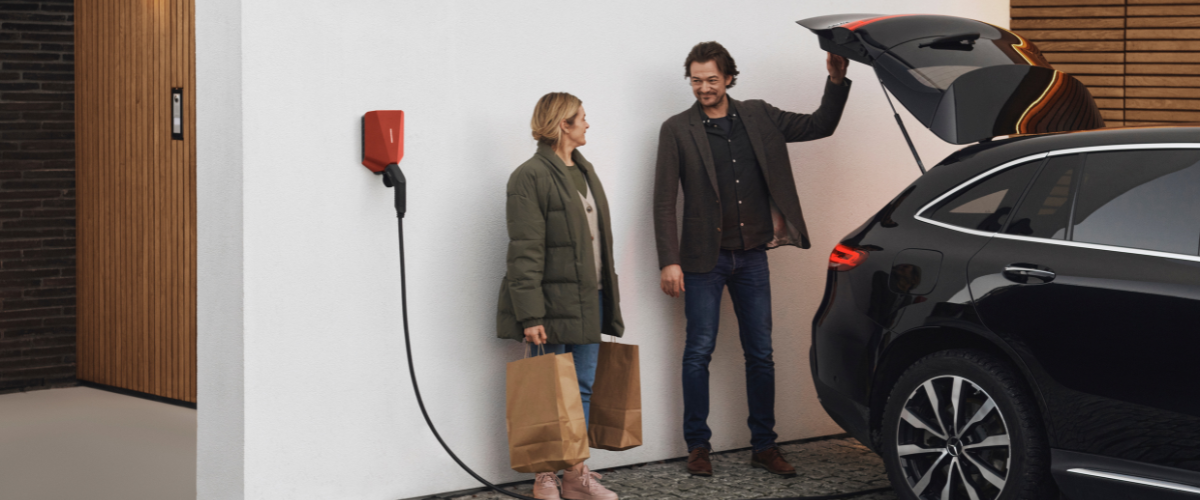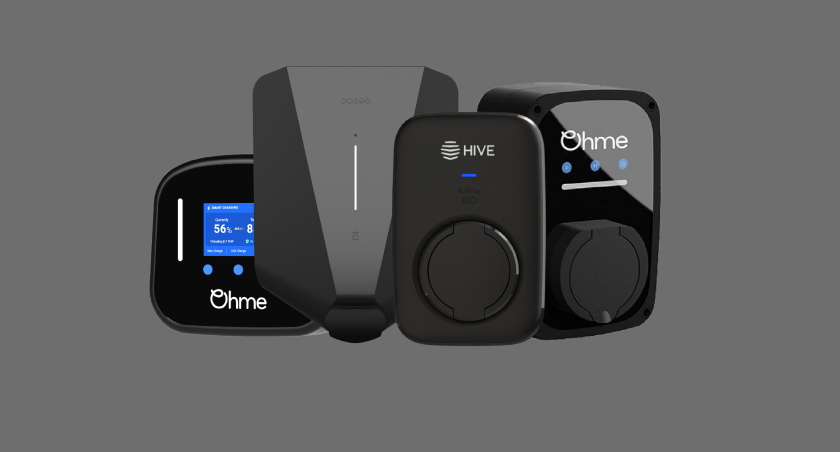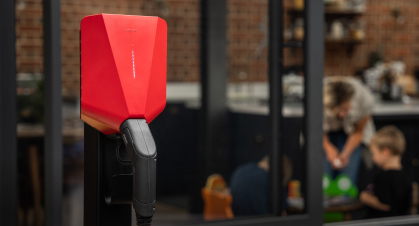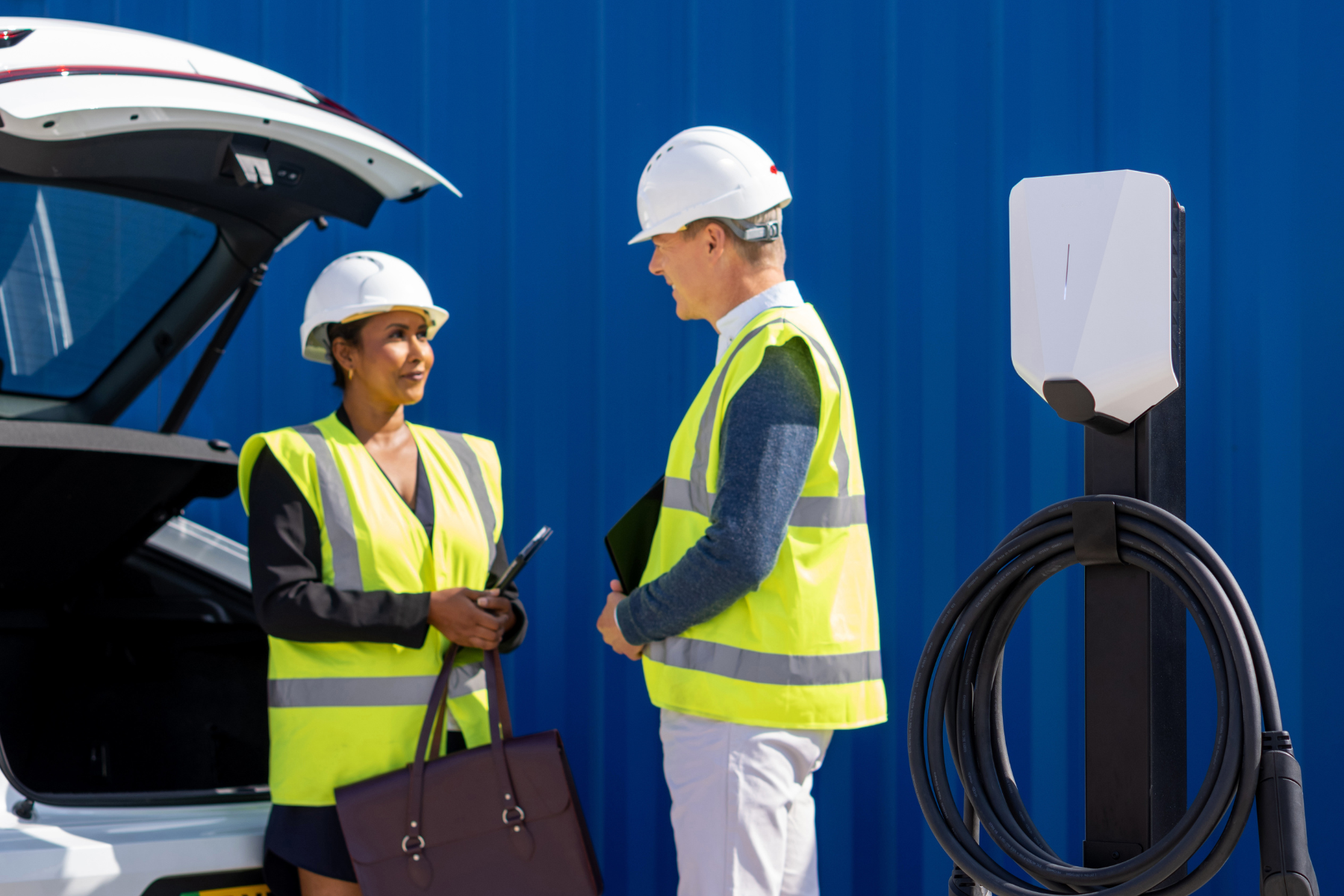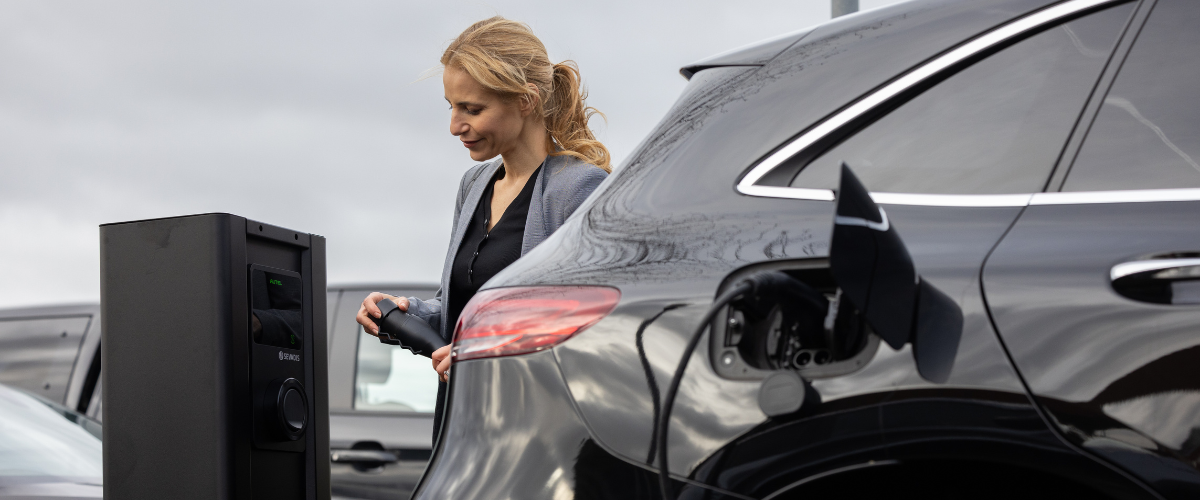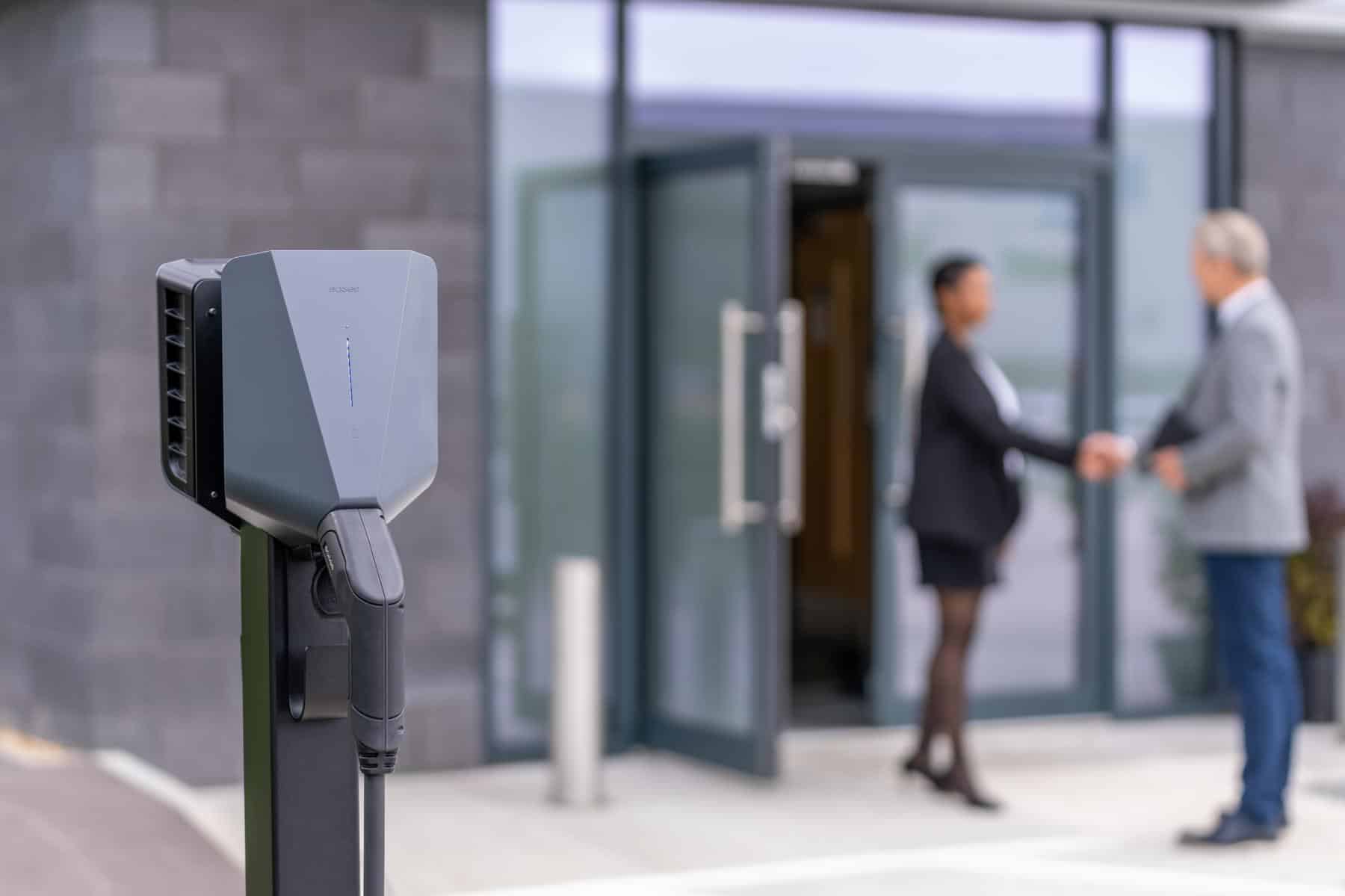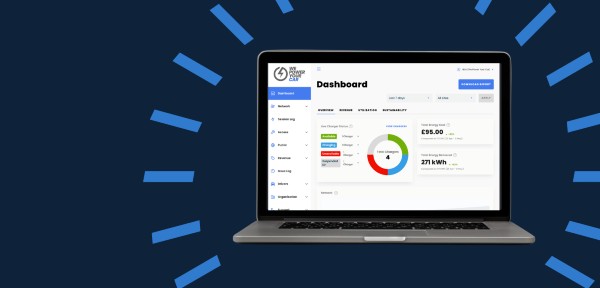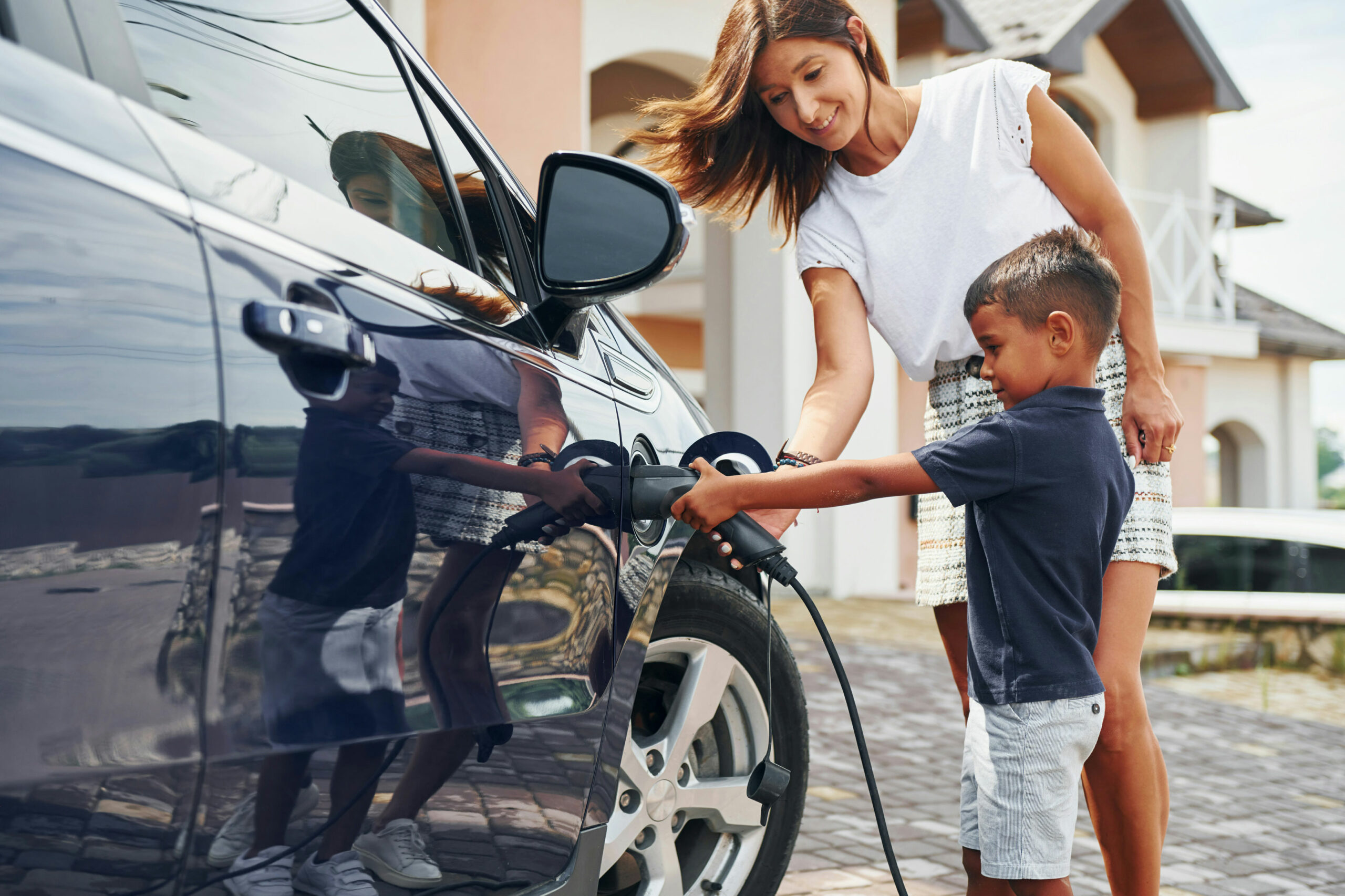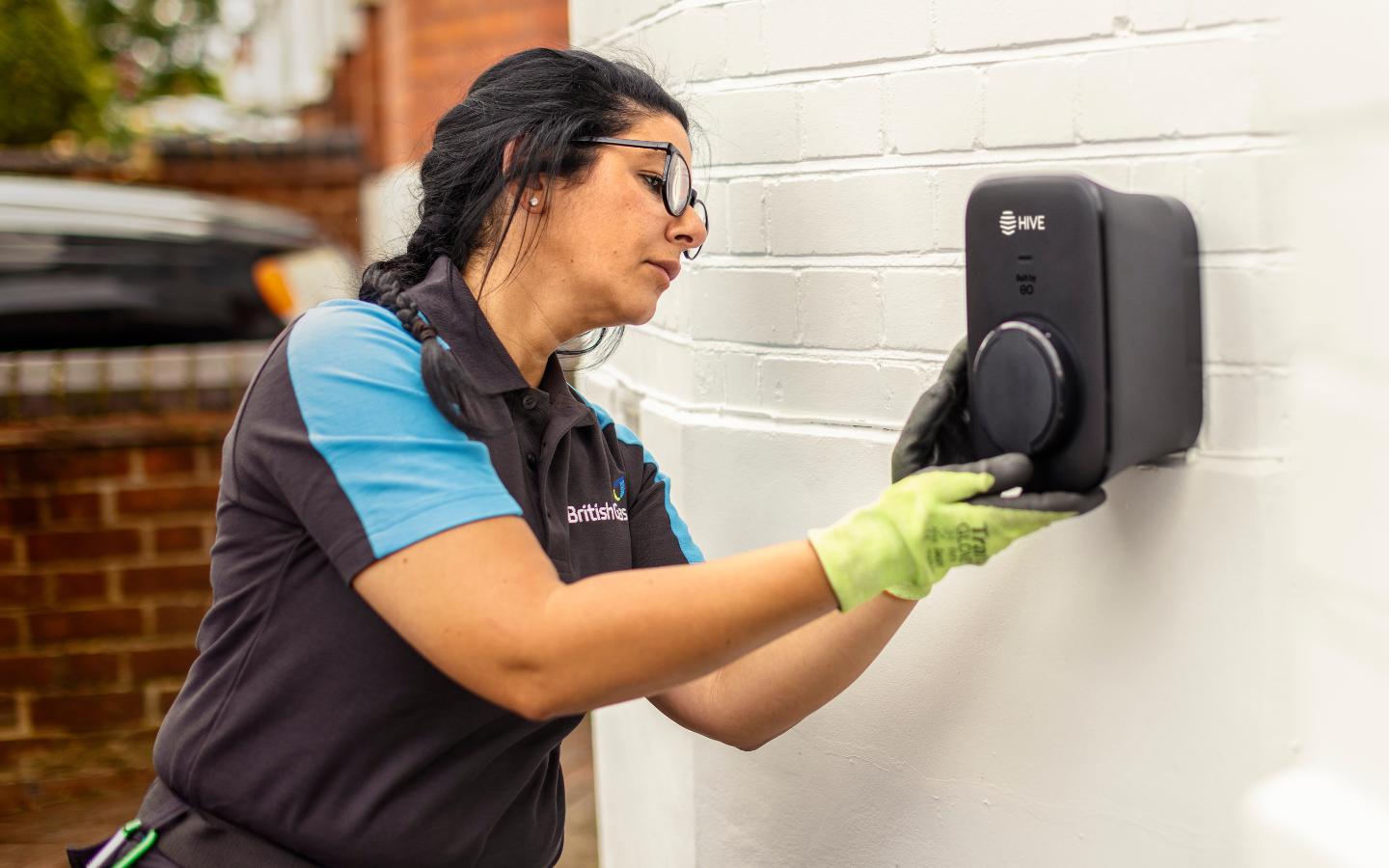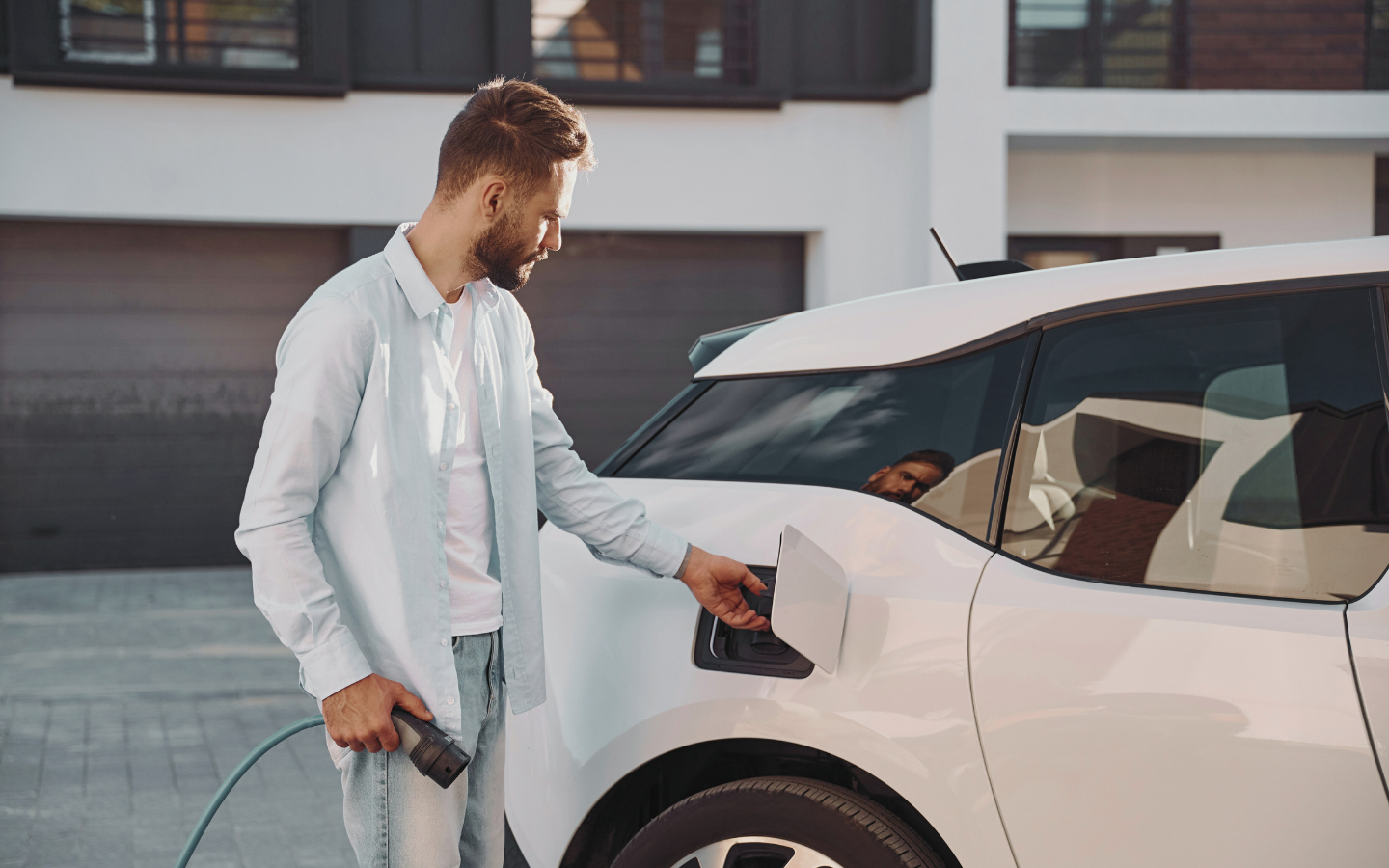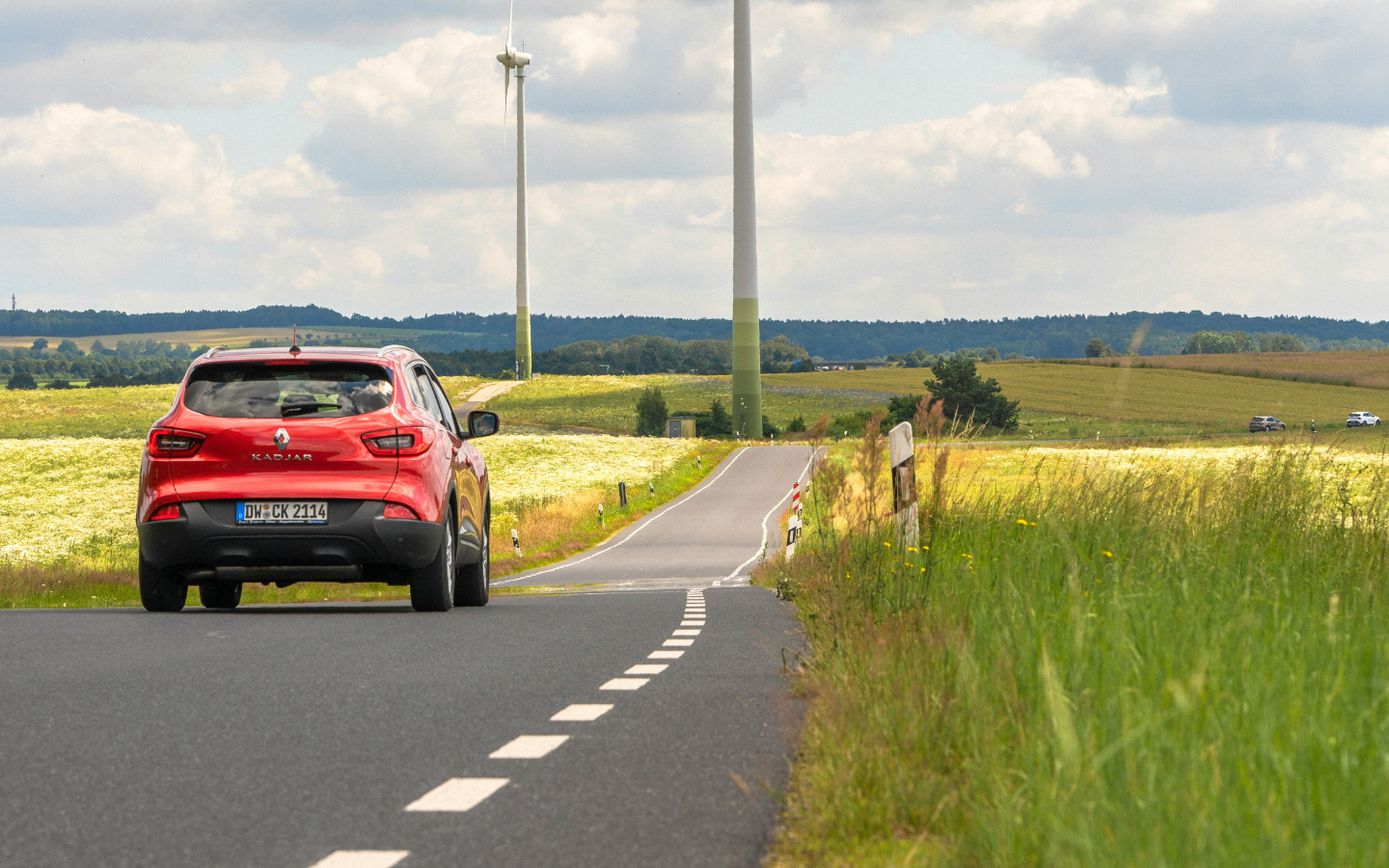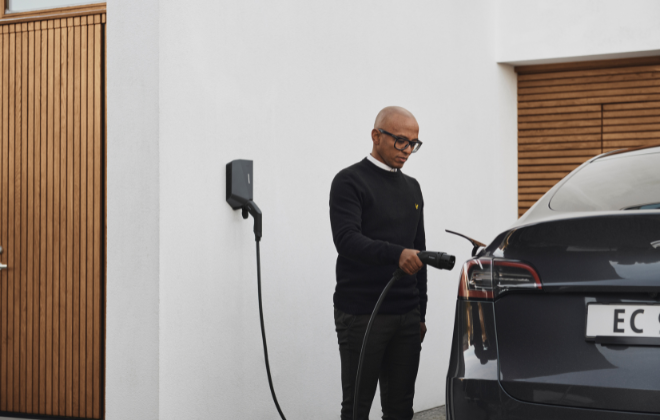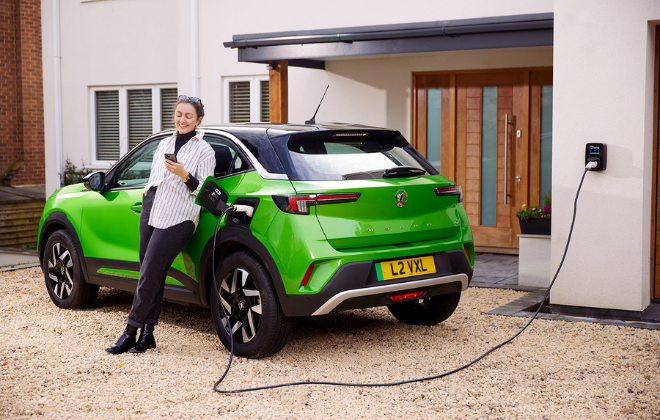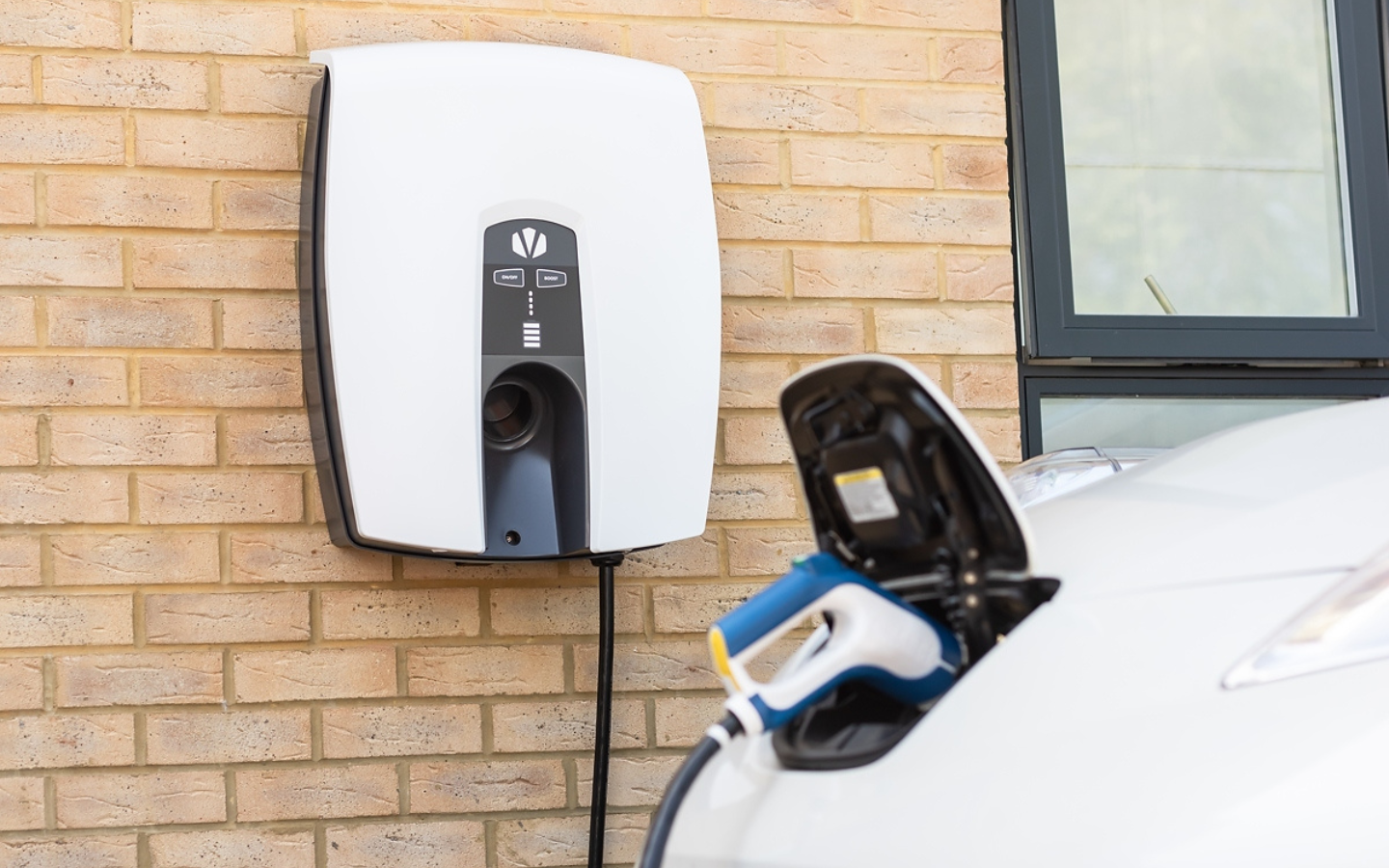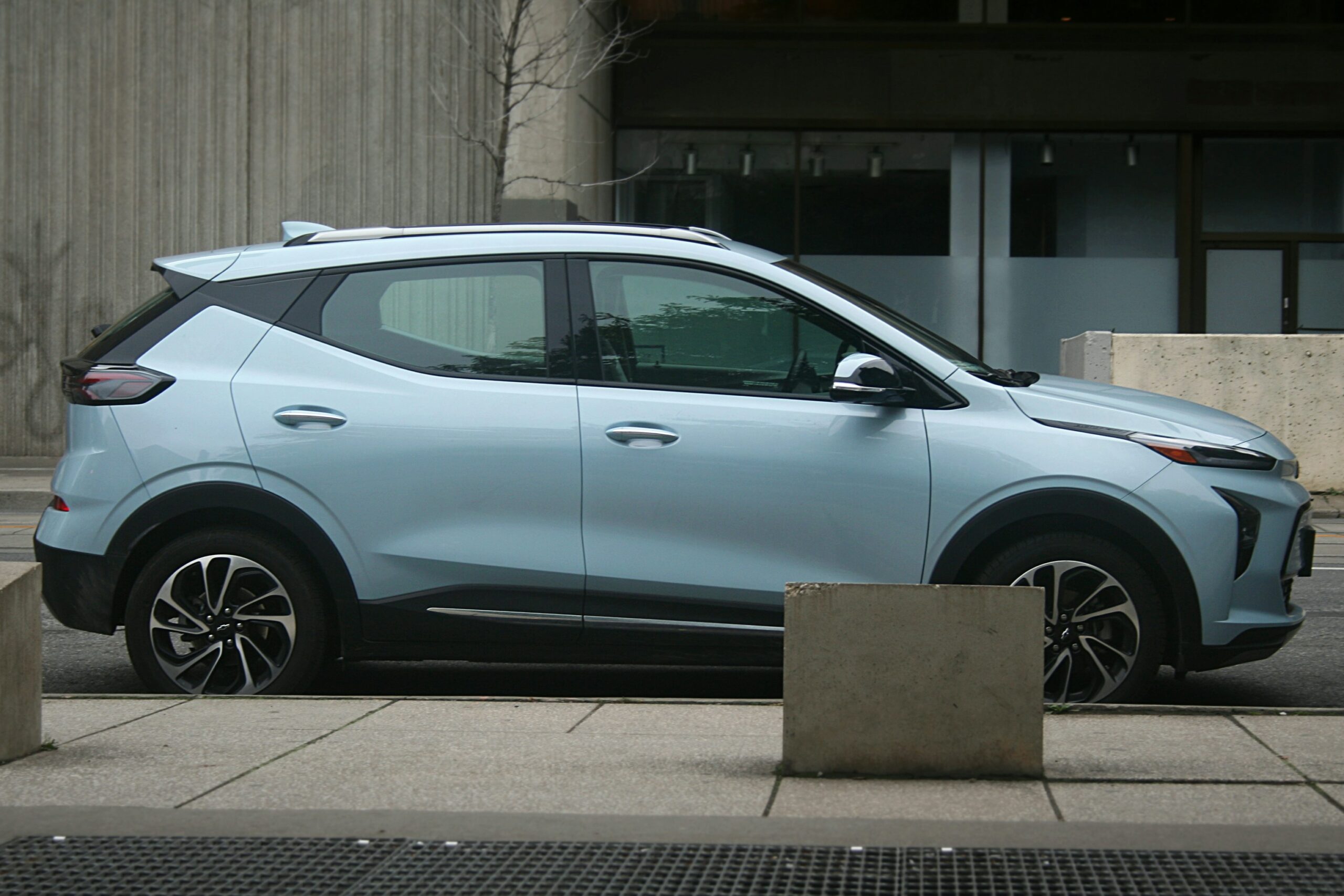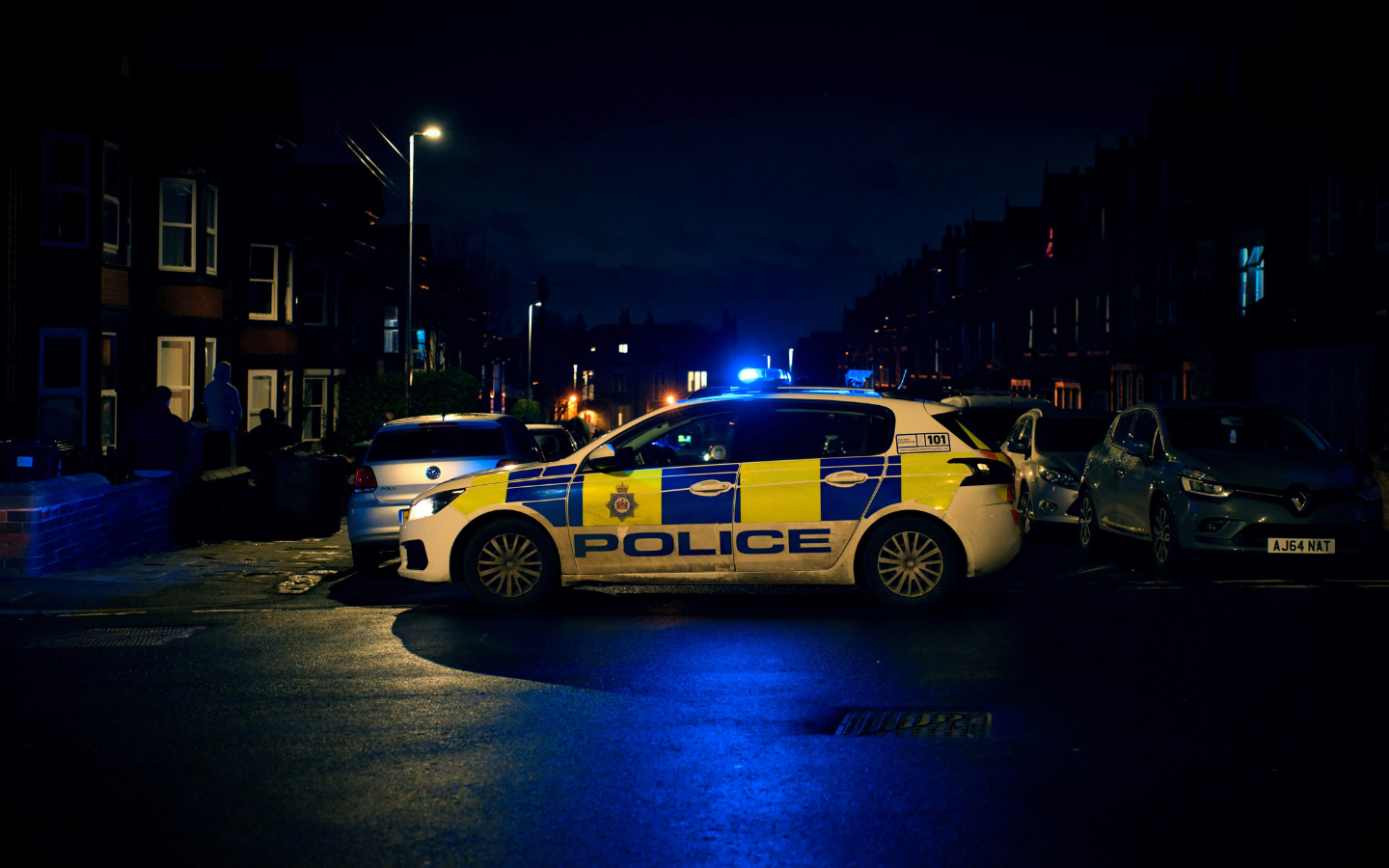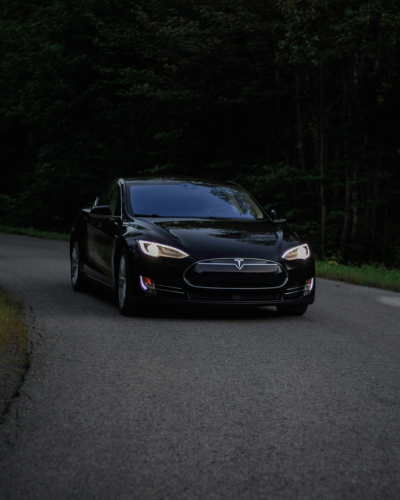
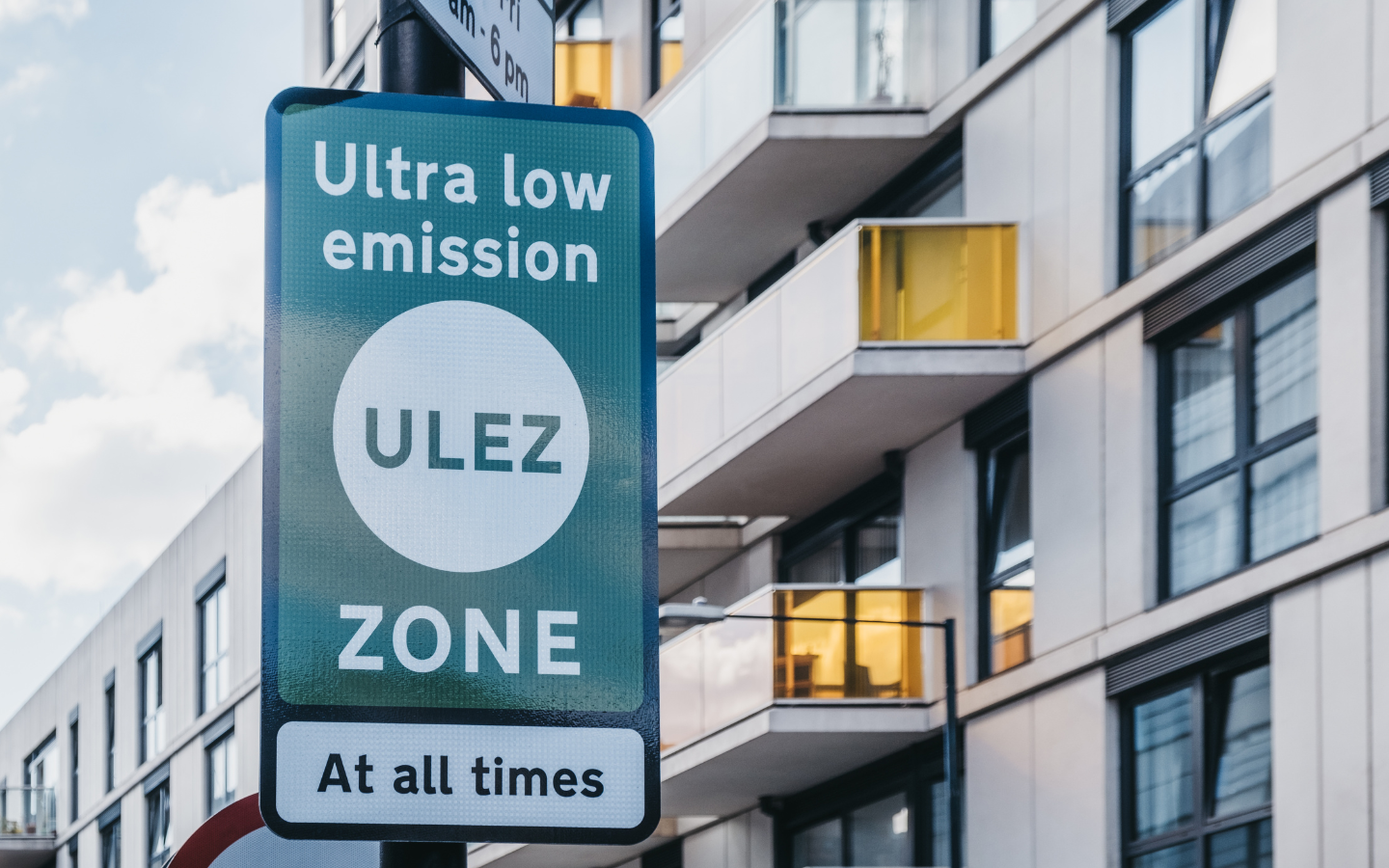
The Ultra Low Emission Zone (ULEZ) and Electric Cars
With the government’s ban on the sale of petrol and diesel cars in 2030, the UK is well on its way to meeting its target of becoming net-zero carbon by 2050. But some urban areas in England are struggling with air pollution caused by petrol and diesel cars, most notably London.
ULEZ, or the Ultra Low Emission Zone, was created to tackle the growing problem.
But what is the Ultra Low Emission Zone? How much is the daily ULEZ fee? And most importantly, are electric vehicles exempt from the Ultra Low Emission Zone (ULEZ) charges?
Keep reading to learn everything about ULEZ fees, eligible cars, and the discounts available in our guide.
What is the Ultra Low Emission Zone (ULEZ)?
The Ultra Low Emission Zone (ULEZ) was introduced by London Mayor Sadiq Khan in 2019. If your vehicle doesn’t meet certain pollution standards when you drive through the zone, you’ll need to pay a daily fee.
The aim of the ULEZ is to improve the air quality for Londoners and encourage the transition to zero-emission vehicles since the charges only need to be paid if you drive your vehicle within the zone and do not meet the standards.
Are electric cars exempt from the Ultra Low Emission Zone (ULEZ) in London?
Yes, if you own a battery electric vehicle, such as a Tesla or Nissan Leaf, you are fully exempt from the Ultra Low Emission Zone. Since pure electric cars don’t emit any tailpipe emissions, fully electric cars are not subjected to the £12.50 daily ULEZ fee – one of the many perks of switching to electric.
Are hybrid electric cars exempt from the Ultra Low Emission Zone?
In short, the majority of hybrid electric cars meet the emission standards, meaning it’s highly unlikely you will have to pay the ULEZ charge if you own a hybrid vehicle.
That being said, make sure you double-check that you hybrid before entering, as your vehicle needs to meet the minimum emission standards, given that hybrid cars use both an electric motor and an internal combustion engine.
How much is the ULEZ for non-electric cars?
For petrol and diesel cars, motorcycles, vans and specialist vehicles (up to 3.5 tonnes), you will have to pay a daily fee of £12.50 each time you enter the ULEZ.
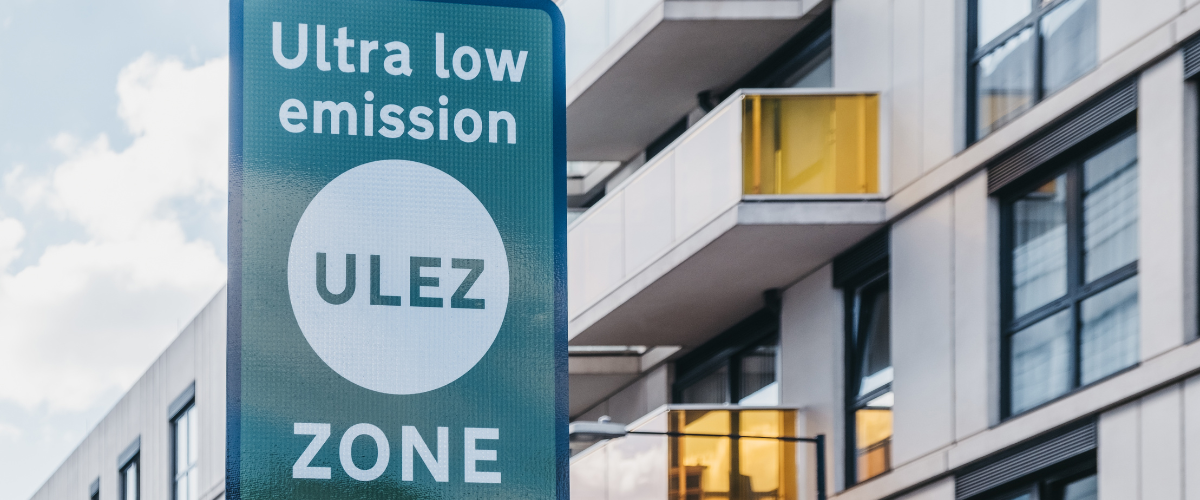
When does the ULEZ run?
In a nutshell, the ULEZ operates 24 hours a day, seven days a week and every day except for Christmas Day. Charging runs from midnight to midnight.
How do I pay the ULEZ charge?
You can pay online on the Transport for London website or download the Transport for London Pay to Drive app. With this app, you can set up Auto Pay, where Transport for London will automatically bill you every time you enter the ULEZ if your vehicle doesn’t meet the standards. There is a £10 registration charge for every vehicle you add to Auto Pay each year.
Which areas are included in the Ultra Low Emission Zone?
The ULEZ area expanded on 25th October 2021 to include the area inside the North Circular and South Circular Roads, such as:
Barnet, Brent, Camden, City of Westminster, Ealing, Hammersmith, Fulham, Kensington, Chelsea, Greenwich, Newham, Tower Hamlets, Hackney, Redbridge, Waltham Forest, Enfield, Haringey, Islington, Hounslow, Richmond, Wandsworth, Lambeth, Lewisham, Southwark.
Before this change, the ULEZ focused solely on the centre of London.
The Ultra Low Emission Zone expanded again on 29 August 2023 to cover the entire Greater London area.
How will I know when I enter the ULEZ?
There are various signs beforehand (such as on major roads) and on approach to the ULEZ boundary (directional signs which show routes that take you into the ULEZ and those that don’t). There are also signs distinctly telling you when you enter the ULEZ and signs reminding you that cameras are operating. These signs will most likely be green or blue, such as the below image.
Which cars fit the minimum emission standards?
You can check if your vehicle meets the relevant emission and safety standards on the government website. You will be able to enter your number plate on the Transport for London website, where they will be able to give you a definitive answer as to whether or not your vehicle qualifies.
Typically, petrol cars registered after 2005 will meet the ULEZ standards and, therefore, won’t have to pay the £12.50 fee. On the other hand, diesel cars will most likely be exempt from the fee if they were built after September 2015.
All fully electric vehicles meet the emission standards and therefore do not have to pay the fee.
What are the current emissions standards?
- Euro 3 (NOx) for motorcycles and similar vehicles (mopeds etc.)
- Euro 4 (NOx) for petrol cars, vans
- Euro 6 (NOx and PM) for diesel cars, vans and other specialist vehicles
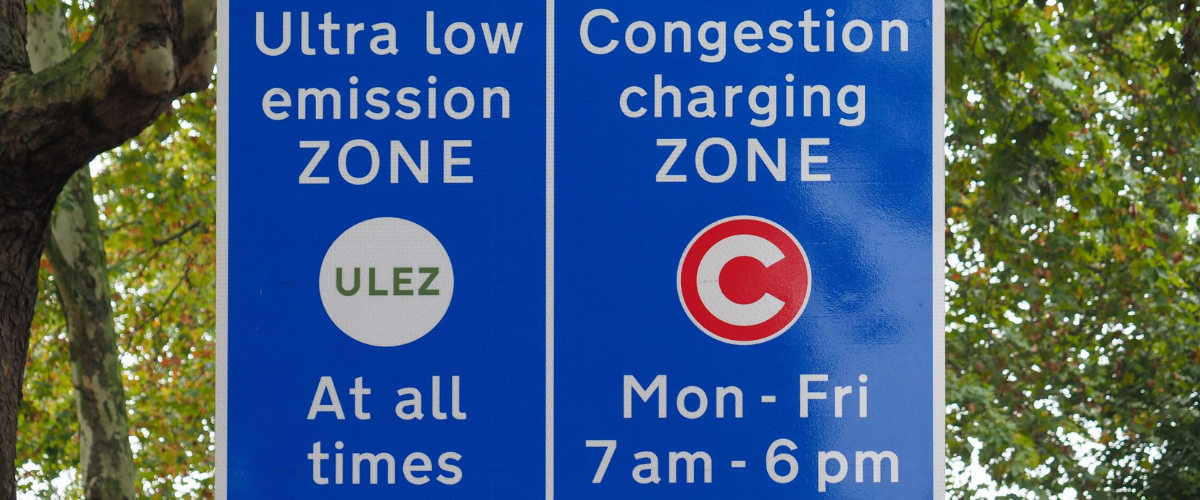
Is the ULEZ the same as the Congestion Charge?
No, the ULEZ is separate from the Congestion Charge in London. Explore the full details regarding the Congestion Charge.
Summary:
Will electric cars pay ULEZ in 2025?
Since electric cars are zero-emission vehicles, they are not only exempt from ULEZ charges in 2025, but will continue to be exempt from the Ultra Low Emission Zone for the foreseeable future.
Do you have an electric car and want to take advantage of faster, cheaper, and smarter electric vehicle charging in London?
If you are looking to get an EV charger installed at your home, click below to get your free quote, or contact us for more information or any queries you may have.
Related articles
Stay up to date on the latest from We Power Your Car_
I consent to receive newsletters from We Power Your Car. Please see our Privacy Policy
